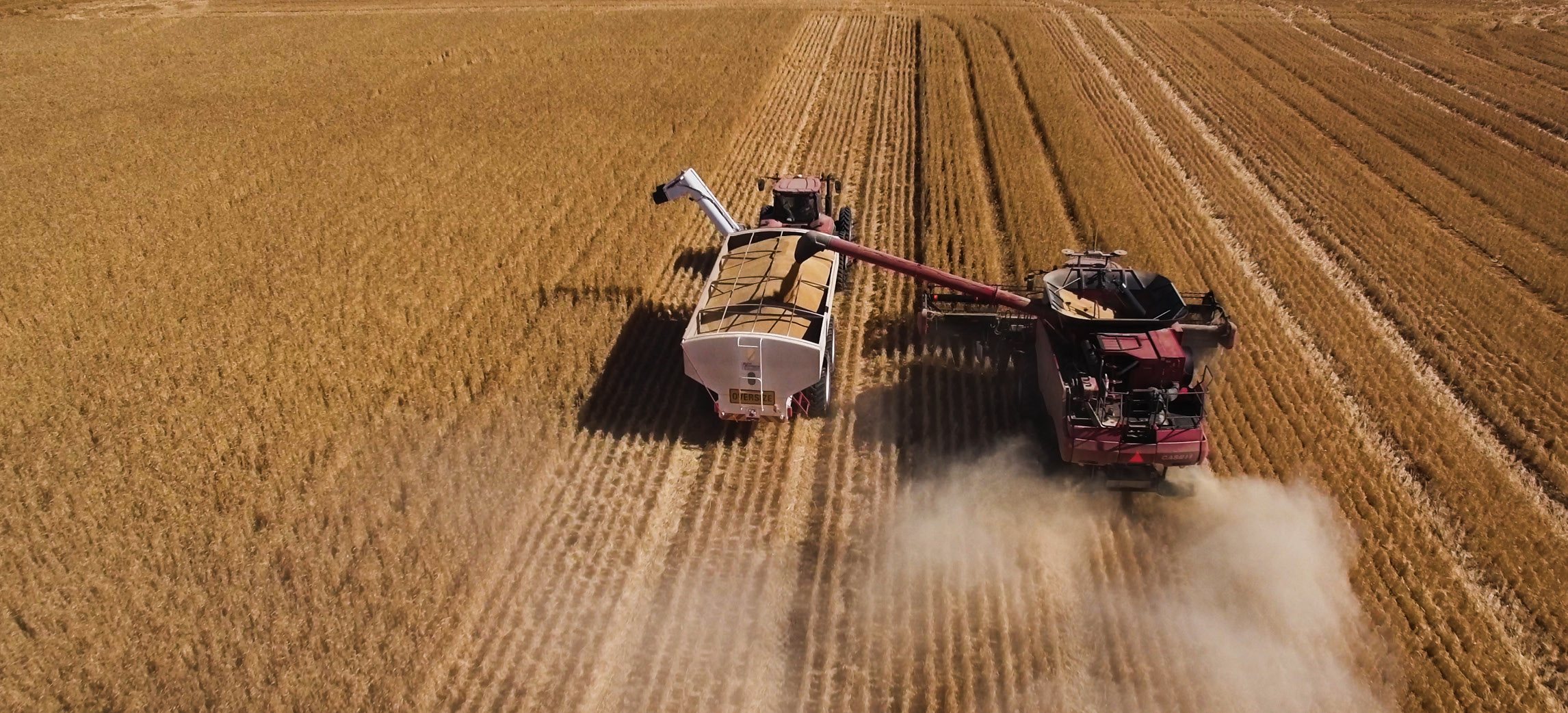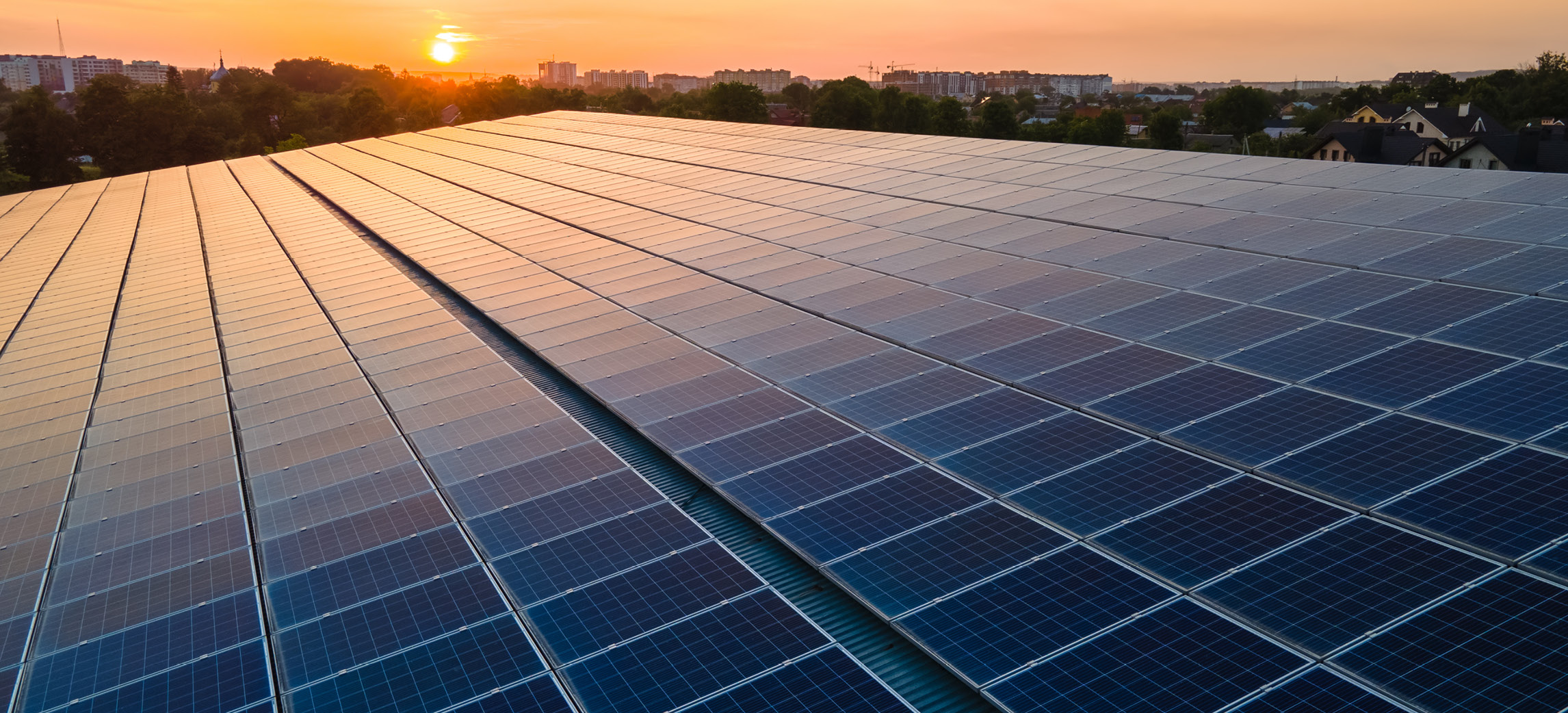
Australian Primary Production Is Booming - Do You Have The Right Equipment?
Australia’s primary producers have a track record of consistently increasing production over the past five decades. According to the Federal Government, Australian agricultural production reached a record $66.3 billion in the 2021 financial year, of which $47 billion was exported. The outlook remains just as strong. The Federal Government expects agricultural production to increase 18% in the 2022 financial year to $78 billion, driven by another strong increase in exports to $61 billion. Australia’s high quality food and fibre is in high demand all around the world.
With more demand growth expected in 2022, Australia’s farmers, fisheries, and other primary producers have a number of equipment financing options available to fund their equipment needs. We discuss these financing options below.
The importance of having the right equipment
With each successive year, primary production machinery becomes more advanced. Modern machinery and farming tools offer greater efficiencies, meaning producers can ensure they’re maximising their harvest. High quality farming equipment also reduces production time, meaning scale can be increased or efforts can be dedicated elsewhere. As a result, choosing high quality modern production equipment is generally more cost-effective over the long term. Opting for equipment which isn’t fit for the task may lead to replacing those tools more frequently and could even mean the hiring of additional staff for menial tasks. So, having access to the right equipment is an important business decision to get right.
Primary producers regularly require funding for a wide range of equipment, including:
- Tractors – These are available in a range of sizes for different farm work and are undoubtedly one of the most commonly used pieces of agriculture equipment. It’s important to choose one with the appropriate horsepower and hitch rating.
- Livestock feeding systems - Choosing an appropriate feeding system involves the consideration of labour efficiency, animal diet, bunk space, number to be fed, among other factors. Walk or drive-through feeders are often considered to be the most efficient.
- All-terrain vehicles - These machines offer more than just fun; they also save a lot of time on large properties as they can be used to haul harvest alongside other equipment and small trailers.
- Livestock housing - When expanding your stock, farmers must ensure they have sufficient animal housing. For cattle, a stanchion barn is usually appropriate, whereas swine require farrowing crates.
- Irrigation system - All farm production, from animals to crops, is dependent upon water supply. An irrigation system could be as simple as a soaker hose, or you may require a multi-level drip system for sufficient crop irrigation.
- Commercial fishing vessels - The size of the boat will depend largely on the type of fishing being carried out. Deep sea fishing requires larger marine vessels than is demanded in a lake or bay.
Finding the right finance option for your farm
Most primary producers need to replace a portion of their production equipment in any given year, without the constraints of large upfront capital commitments, which means understanding the available financing options ahead of time.
Flexible finance solutions are in high demand in this unique sector as equipment requirements can change from season to season. For example, most farmers require a high quality working tractor all year round, but machinery such as combine harvesters are generally required before a farmer reaps, threshes, or minnows their crops, which is usually in spring. There are other timing considerations to be made, such as seasonal climate conditions and the timing of livestock sales, which factor into equipment requirements throughout the year. As a result, matching your equipment financing with your business needs is key to fostering the sustainability and growth of your business.
The main equipment financing options primary producers have available to them include:
- Specific security agreement (formerly a chattel mortgage) – This is a popular equipment financing option which allows businesses to own their equipment upon purchase. The finance company secures the loan by registering a charge over the goods, and the final payment is often structured as a residual payment to enable lower payments during the term. Asset depreciation and interest may be tax-deductible.
- Finance lease - The lender purchases an asset, like a tractor, and leases it back to the farmer. At the end of the lease period, the farmer has the option of purchasing the tractor by paying the residual value. The payments can also be tax-deductible.
- Commercial hire-purchase agreement – This involves the repayment of the total asset value in instalments over a specified period, and ownership is transferred to the primary producer after the final instalment has been paid. While only the interest portion of the payments is tax-deductible, the business can claim depreciation deductions.
Each of these equipment finance options can be structured to align with your business needs. For example, finance and payment options can include seasonal or bulk payments, which is useful when your cash flow is inconsistent. It’s all about matching your financing with your business profile.
As Australia’s primary production grows, investment in the required equipment to meet this demand is more important than ever.
With an array of financing options available and the multitude of unique business situations primary producers face, it can be hard to identify which solution is best suited to your needs. At BOQ Finance, we have a team of Equipment Finance experts that can help with finance solutions tailored to your needs.
Contact us today to find out more, email boqefcustomerservice@boqfinance.com.au
Finance provided by BOQ Equipment Finance Limited ABN 78 008 492 582 (BOQEF). BOQEF is a wholly owned subsidiary of Bank of Queensland Limited ABN 32 009 656 740 (BOQ). BOQ does not guarantee or otherwise support the obligations or performance of BOQEF or the products it offers. This blog post is for general information purposes only and is not intended as financial, taxation or professional advice. It has not been prepared with reference to the financial circumstances of any particular person or business and should not be relied on as such. You should seek your own independent financial, legal and taxation advice before making any decision about any action in relation to the material in this article.


